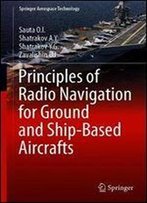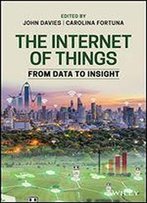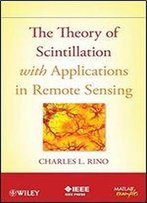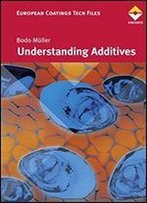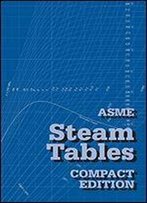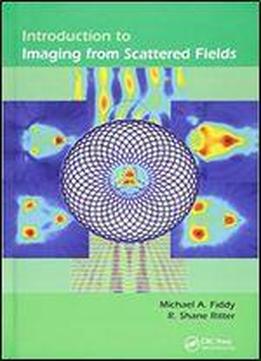
Introduction To Imaging From Scattered Fields
by Michael A Fiddy /
2014 / English / PDF
35.1 MB Download
Obtain the Best Estimate of a Strongly Scattering Object from Limited Scattered Field Data Introduction to Imaging from Scattered Fields presents an overview of the challenging problem of determining information about an object from measurements of the field scattered from that object. It covers widely used approaches to recover information about the objects and examines the assumptions made a priori about the object and the consequences of recovering object information from limited numbers of noisy measurements of the scattered fields. The book explores the strengths and weaknesses of using inverse methods for weak scattering. These methods, including Fourier-based signal and image processing techniques, allow more straightforward inverse algorithms to be exploited based on a simple mapping of scattered field data. The authors also discuss their recent approach based on a nonlinear filtering step in the inverse algorithm. They illustrate how to use this algorithm through numerous two-dimensional electromagnetic scattering examples. MATLAB code is provided to help readers quickly apply the approach to a wide variety of inverse scattering problems. In later chapters of the book, the authors focus on important and often forgotten overarching constraints associated with exploiting inverse scattering algorithms. They explain how the number of degrees of freedom associated with any given scattering experiment can be found and how this allows one to specify a minimum number of data that should be measured. They also describe how the prior discrete Fourier transform (PDFT) algorithm helps in estimating the properties of an object from scattered field measurements. The PDFT restores stability and improves estimates of the object even with severely limited data (provided it is sufficient to meet a criterion based on the number of degrees of freedom). Suitable for graduate students and researchers working on medical, geophysical, defense, and industrial inspection inverse problems, this self-contained book provides the necessary details for readers to design improved experiments and process measured data more effectively. It shows how to obtain the best estimate of a strongly scattering object from limited scattered field data.





